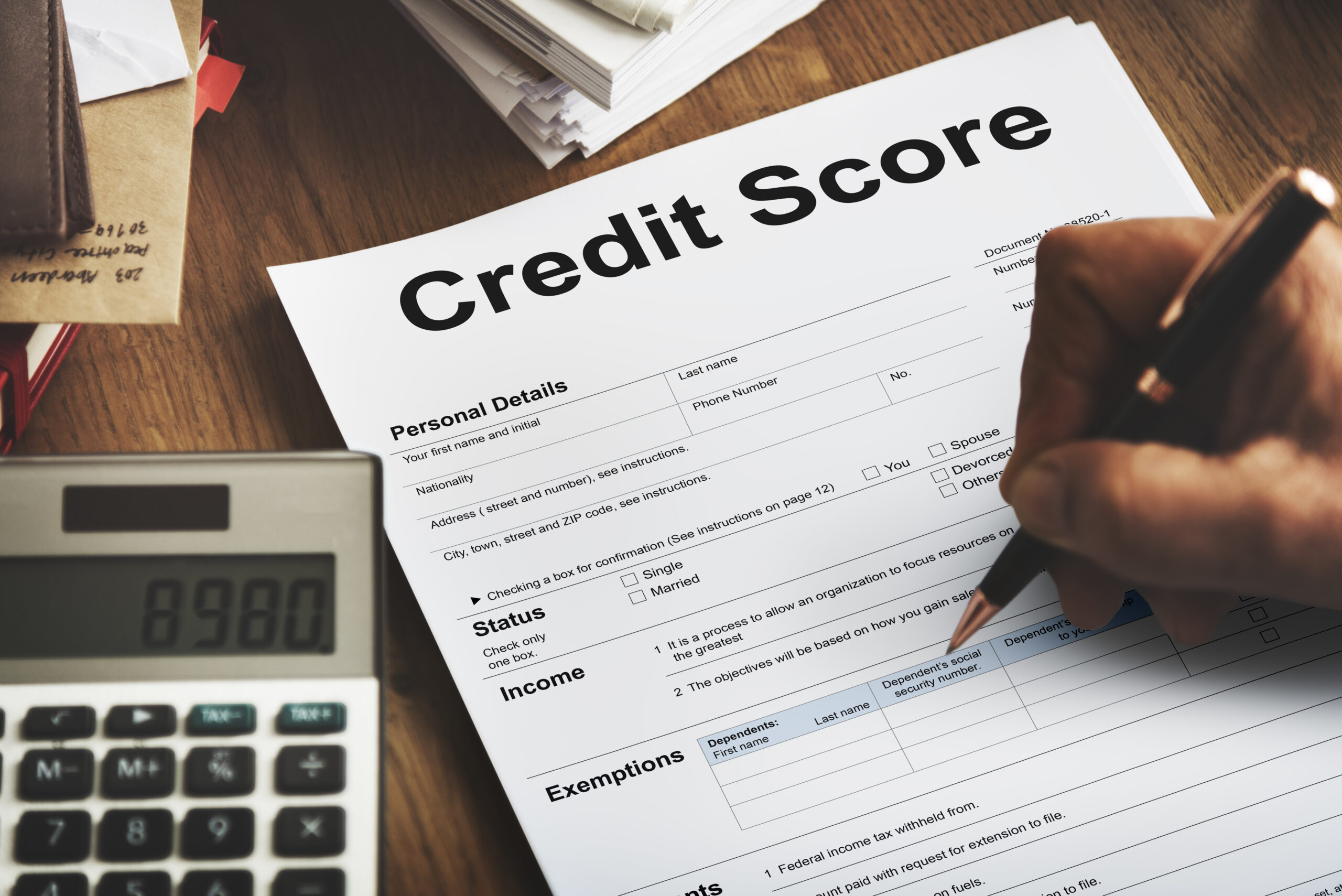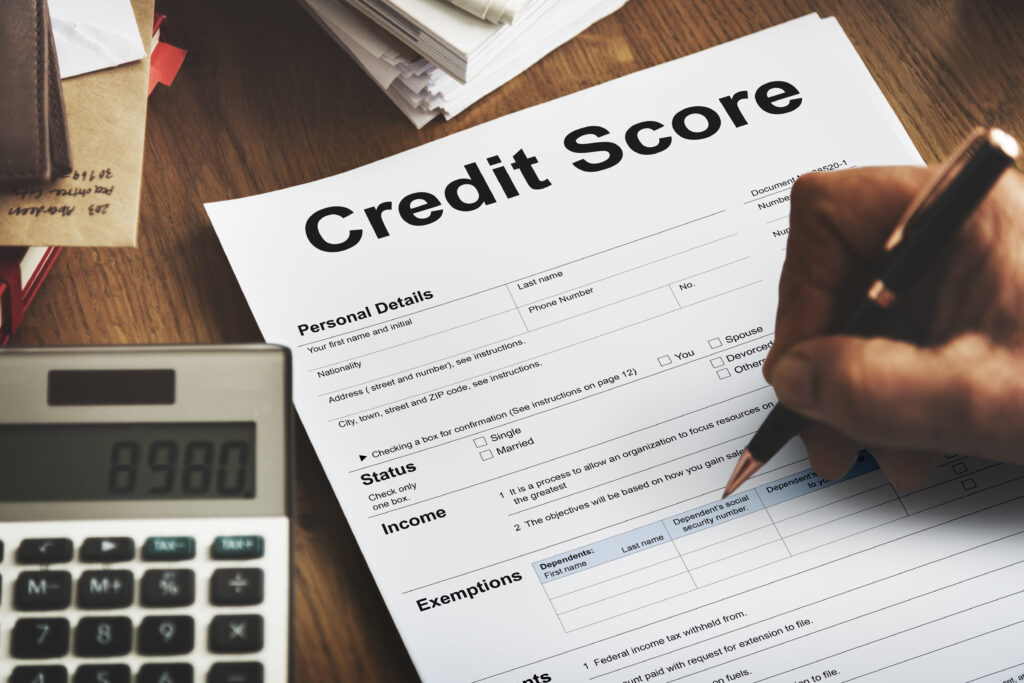Embarking on the journey of homeownership involves navigating the labyrinth of credit scores, where a seemingly cryptic number determines the fate of your mortgage loan request. This guide serves as a torch, illuminating the path toward your dream home. Imagine the sun-drenched kitchen and cozy living room – a mortgage loan acts as the magic bridge, transforming brick and mortar into your haven. However, this bridge relies on creditworthiness, with your credit score serving as the architect’s blueprint.
Your credit score is a whispered reputation, shaped by past financial interactions. On-time payments and responsible credit management build a sturdy foundation, while missed payments weaken its resilience. Mortgage lenders use this score to assess your ability to meet future home payments. While a baseline score exists, different loan types offer varied thresholds, considering factors like debt-to-income ratio and down payment. It’s not just a numbers game; your financial habits, loan type, and circumstances all play crucial roles.
This guide, your maestro, goes beyond a single magic number. It teaches you to interpret the credit score’s symphony, understand different loan options, and orchestrate a financial performance leading to your dream home. Chapters ahead will delve into credit score intricacies, demystify minimum thresholds, and provide actionable strategies for financial improvement. Step inside, and let’s unlock the door to your homeownership haven, one creditworthy step at a time.

Credit Scores and Loan Types
Let’s dive into the heart of the matter: understanding credit scores and the types of mortgage loans available to you based on your score.
Credit Score 101
Think of your credit score as a report card for your financial history. It’s a three-digit number (ranging from 300 to 850) generated by three major credit bureaus: Equifax, Experian, and TransUnion. They each use slightly different scoring models, like FICO® and VantageScore®, but the key factors influencing your score remain consistent:
- Payment History (35%): This is the crown jewel of your score. Consistent on-time payments on credit cards, loans, and utilities paint a picture of reliability, while missed or late payments cast a long shadow.
- Credit Utilization (30%): It’s not just about having credit; it’s about using it responsibly. This metric refers to the percentage of your available credit you’re currently using. Ideally, keep it below 30% to showcase your ability to manage debt effectively.
- Credit Length (15%): Time is your friend here. A longer credit history, with a mix of older and newer accounts, demonstrates stability and experience in handling credit responsibly.
- Credit Mix (10%): Variety is the spice of life, and in the world of credit, it helps build a well-rounded profile. Having a mix of revolving credit (like credit cards) and installment loans (like car loans) shows lenders you can handle different types of debt.
- New Credit Inquiries (10%): Every time you apply for new credit, it leaves a temporary mark on your report. While a few inquiries here and there are okay, a flurry of applications in a short time can raise red flags for lenders.
Remember, these factors work in concert, not in isolation. A single missed payment might not tank your score, but combined with chronic late payments and high credit utilization, it can paint a less favorable picture.
Different Types of Mortgage Loans
Now, let’s explore the different types of mortgage loans and their credit score requirements:
Conventional Loans
The gold standard for low-risk borrowers, these loans are offered by private lenders and typically require stricter credit scores, usually starting at 620. The upside? Lower interest rates for qualified borrowers. Within conventional loans, you have options like:
Conforming Loans: These adhere to specific guidelines set by Fannie Mae and Freddie Mac, making them easier to sell on the secondary market and often offering more competitive rates.
Jumbo Loans: For more expensive properties, these loans exceed the conforming loan limits and may require higher credit scores (even upwards of 740) and larger down payments.
Government-Backed Loans
Need a helping hand? These loans, backed by the government, offer lower credit score requirements and more flexible terms for those with lower scores:
- FHA Loans: Ideal for first-time buyers or borrowers with less-than-perfect credit, FHA loans require minimum scores as low as 500 (with higher down payments) and 580 with lower down payments. However, expect slightly higher interest rates compared to conventional loans.
- VA Loans: Serving our veterans, VA loans require no minimum credit score! Instead, the Department of Veterans Affairs considers your overall creditworthiness and ability to repay the loan. Be aware of VA funding fees and specific property eligibility requirements.
- USDA Loans: Focused on rural areas, USDA loans offer competitive interest rates and low minimum credit scores (580) for eligible borrowers purchasing homes in designated rural areas.
Beyond the Score
Don’t get fixated solely on the number. While your credit score plays a crucial role, lenders also consider other factors like your:
- Debt-to-Income Ratio (DTI): This compares your monthly debt payments to your gross monthly income. Ideally, keep your DTI below 43% to demonstrate your ability to handle additional debt obligations.
- Down Payment: Bringing more money to the table reduces your loan amount and risk for the lender, often translating to lower interest rates and potentially opening doors even with lower credit scores.
- Employment History and Income: Stable employment and sufficient income to comfortably afford monthly mortgage payments are key for lender confidence.
By understanding these elements and tailoring your approach, you can unlock the mortgage loan door that leads to your dream home.
So, the magic number is 620, right? You hit that mark and conventional loan doors fling open? Well, not quite. While 620 is the generally accepted minimum credit score for many conventional loans, it’s more of a baseline – a first hurdle in the mortgage marathon. Think of it as the minimum height requirement for a rollercoaster; you meet it, but the ride’s thrills and chills depend on several other factors strapped securely beside you.
Here’s why simply reaching 620 isn’t a guaranteed victory dance:
- The Negotiation Gambit: A 620 may get you in the game, but a higher score strengthens your hand. A sparkling 750+ can unlock lower interest rates, potentially saving you thousands over the loan term. Remember, lenders are like poker players; the better your credit hand, the better your bargaining chips.
- Beyond the Scoreboard: Your credit score, though crucial, isn’t the only player in the financial ballpark. Your DTI – that magical ratio of debt to income – takes center stage too. A low DTI (ideally below 43%) tells lenders you can comfortably manage another monthly mortgage bite. Similarly, a hefty down payment sweetens the deal, reducing the lender’s risk and potentially opening doors even with a slightly lower score.
- Flexibility Factor: Not all lenders are created equal. Some might hold stricter score thresholds, while others may be more flexible, considering your overall financial picture and compensating factors like stable employment or a solid history of managing smaller loans responsibly. This is where a good mortgage broker becomes your financial sherpa, guiding you to lenders who align with your unique circumstances.
Now, let’s explore the complexities beyond the “620” benchmark:
Loan Type Variations: Don’t forget, different loan types have their own score requirements. Government-backed loans like FHA come with lower thresholds (500-580) to provide a leg up to first-time buyers or those with credit bumps in the past. But remember, these benefits often come with slightly higher interest rates.
Real-Life Scenarios: Numbers on a page can be intimidating, but let’s inject some human stories. Sarah, a nurse with a 600 score and a low DTI, secured an FHA loan thanks to her stable income and responsible financial history. John, a veteran with a 580 score but a sizeable down payment, landed a VA loan, proving his creditworthiness through alternative means. These examples show that while the score plays a major role, it’s not the only act in the financial play.
The key takeaway? Minimum credit score thresholds are like signposts, not walls. They guide you, but your individual financial journey, with its unique blend of score, DTI, down payment, and lender flexibility, determines the path you take. By understanding these nuances and approaching the process with a proactive spirit, you can navigate the maze of minimums and unlock the door to your dream home, even if your credit score hasn’t yet reached the lofty heights of a mountaintop castle.
Remember, knowledge is your compass, and the right guidance can turn obstacles into stepping stones on your path to homeownership.

Credit Score CPR: Reviving Your Numbers for Mortgage Victory
Your credit score might seem like a mysterious beast, lurking in the shadows of your financial life. But fear not, for its power can be tamed, its numbers coaxed upwards with the right tools and tactics. Here’s how you can give your credit score a much-needed boost and unlock the door to your mortgage dream:
The Key Turners
On-Time Payments (35% Impact): This is the golden rule – pay every single credit card bill, loan payment, and utility bill on time, every month. Consistency is king, and missed payments are like kryptonite to your score. Set up automatic payments or calendar reminders to avoid those dreaded late fees and credit score dips.
Credit Utilization Judo (30% Impact): Remember, less is more. Aim to keep your credit card balances below 30% of your credit limit. This shows lenders you’re responsible and won’t max out your cards at the first whiff of temptation. Paying down existing debt also helps shrink your utilization ratio, giving your score a much-needed lift.
The Age Advantage (15% Impact): Time is your friend. The longer your credit history, the better, so resist the urge to close old accounts, even if they’re gathering dust. A diverse mix of older and newer accounts paints a picture of responsible credit management over time.
Beyond the Big Three
Credit Score Monitoring: Knowledge is power! Regularly checking your credit reports from all three bureaus (Equifax, Experian, and TransUnion) is crucial. Look for errors, discrepancies, or outdated information that could be dragging your score down. Dispute any inaccuracies promptly, as even small fixes can make a difference.
Debt Payoff Strategies: Tackle high-interest debt first, using methods like the snowball or avalanche approach. Prioritize credit cards with exorbitant rates and gradually chip away at larger loan balances. Remember, smaller debts conquered pave the way for tackling bigger ones and boosting your overall credit health.
Actionable Arsenal
Free Credit Score Checkers: Utilize resources like Credit Karma or Mint to track your score progress for free.
Budgeting Apps: Tools like YNAB or Personal Capital help you stay on top of your finances, manage debt effectively, and plan for future financial goals.
Debt Consolidation: Consider consolidating multiple high-interest debts into a single loan with a lower rate. This can simplify your payments and potentially reduce your overall debt burden.
Real-Life Revivals
Remember, credit score improvement is a marathon, not a sprint. Take inspiration from Sarah, who boosted her score from 540 to 680 within a year by religiously paying on time, utilizing a debt snowball strategy, and disputing outdated information on her credit report. John, on the other hand, saw his score rise from 590 to 720 in two years by consolidating his credit card debt and prioritizing consistent, responsible credit card usage. These stories illustrate the power of dedication and smart strategies in transforming your credit score and paving the way for mortgage success.
The Long-Term Game
Improving your credit score isn’t just about unlocking that mortgage door; it’s about building a sustainable foundation for financial well-being. Set realistic goals, celebrate milestones, and most importantly, be patient. With the right tools, tactics, and a little determination, you can watch your credit score climb, opening doors to not just your dream home, but also better loan terms, lower interest rates, and a brighter financial future.
Conclusion
Your journey to homeownership beckons, guided by the whispered numbers of your credit score. Now, you understand it’s not just a single threshold to cross, but a complex landscape of minimums, nuances, and additional factors influencing your loan eligibility.
Remember, while a 620 might be the key for many conventional loans, a higher score unlocks lower interest rates, potentially saving you thousands over the loan term. And even if your score isn’t there yet, fear not! Government-backed options like FHA loans offer lower thresholds, while lenders consider your overall financial picture, including DTI and down payment, to paint a comprehensive portrait of your ability to manage a mortgage.
But before you embark on this financial tango, take a critical first step: check your credit score. Understand your current standing, analyze the factors impacting it, and celebrate your strengths while pinpointing areas for improvement.
Next, explore the diverse menu of loan options. Research conventional loans, compare the benefits and limitations of government-backed programs, and don’t shy away from niche options like down payment assistance programs that cater to specific situations. Remember, knowledge is power when navigating the loan labyrinth.
Finally, gather your trusted advisors. Find a reputable mortgage lender who listens to your needs and guides you towards the optimal loan option. Consider seeking financial advice from a qualified planner who can help you craft a long-term strategy for building credit health and managing future finances.
The door to your dream home is not locked by a single number; it’s a combination of smart planning, proactive choices, and a sprinkle of financial savvy. Remember, your credit score is a journey, not a destination. Start today, implement the strategies within this guide, and watch your credit health blossom, opening doors not just to homeownership, but to a future of financial stability and success.



